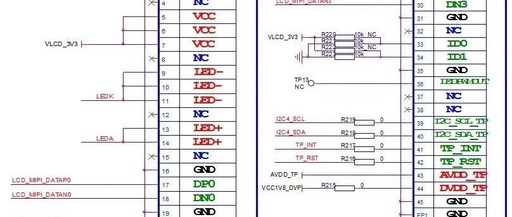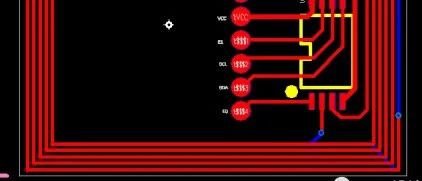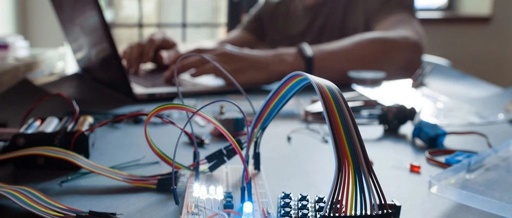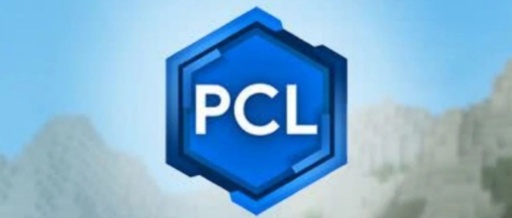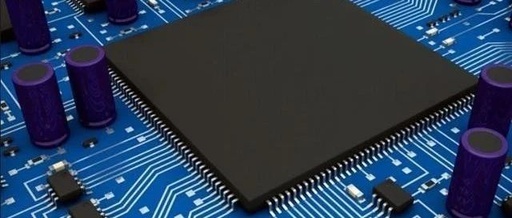Basics of Imaging Display Drivers – MIPI and I2C
MIPI is a serial interface, and MIPI-DSI is the technology used for displays. LCD displays with MIPI interfaces serve as display outputs, enabling graphical user interfaces that allow ordinary users to skillfully operate computers and other devices. Therefore, MIPI is an important interface for human-computer interaction. In addition to the previously mentioned camera recording driver … Read more
